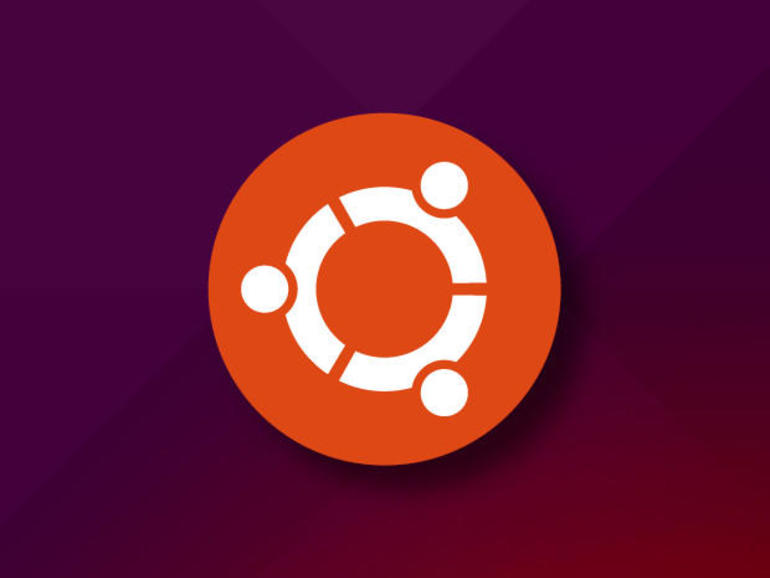I love Ubuntu Linux. If you’re reading this chances are you’re fond of Ubuntu too. Besides hardcore Linux desktop fans, Ubuntu’s also a hit with serious artificial intelligence (AI) and machine learning (ML) developers. But you know where Ubuntu hasn’t had much luck in finding users? In the corporate world where Windows still rules supreme. One reason for that is most enterprises rely on Microsoft Active Directory (AD) to manage users and connect them with network resources. With the just-released Ubuntu 21.04, aka Hirsute Hippo, that could change.
There are ways to do this in Linux — Native LDAP and Kerberos PAM and NSS modules; Samba Winbind; and System Security Services Daemon (SSSD) — but they’re not easy. There are also third-party programs such as Centrify Authentication Service that get Linux and AD on the same page. But Ubuntu 21.04 is the first major desktop Linux to come with AD support baked in.
Ubuntu 21.04 desktops can now join an AD domain at installation for central configuration. In turn, AD administrators can now manage Ubuntu workstations, which simplifies compliance with company policies.
The new Ubuntu also adds the ability to configure system settings from an AD domain controller. Using Ubuntu’s AD Group Policy Client or other Group Policy Clients, system administrators can specify security policies on all connected clients, such as password policies and user access control, and desktop environment settings, such as login screen, background, and favorite programs.
Why has Canonical done this? Simple. It turns out there is demand for Ubuntu on the office desktop. Mark Shuttleworth, CEO of Ubuntu’s parent company Canonical, explained, “Native Active Directory integration on Ubuntu is a top priority for our enterprise customers.”
This works well. In less than an hour, I had my older Ubuntu workstation, a Dell XPS 13 Developer Edition laptop with an Ice Lake Intel Core i7-1065G processor, and an Ubuntu VM running on a CentOS Linux server running VirtualBox hooked up to my Windows Server 2019 AD domain. Now, admittedly my AD setup is a simple one for my small business, but the point is it worked easily. In the past, I’ve spent days setting up my usual Samba Winbind rig to get my Linux/AD connection just right.
Most of my testing was done on my positively ancient 2011 Dell XPS 8300 with its 3.4GHz quad-core Intel Core i7 processor and 8GB of RAM. While Windows 10 would hack and cough on this machine, Ubuntu 21.04 ran like a top.
Like Lt-Colonel Stéphane Dumond of the French Gendarmerie Nationale said in a statement, “Canonical’s desktop solutions are cost-effective, easy to manage at scale, and simple to integrate with enterprise systems. For our 100,000 police officers, Ubuntu is user-friendly, reliable, and delivers the requisite privacy and security without additional third-party solutions. Ubuntu is our operating system of choice.”
Part of the reason this release works so well on low-powered hardware is Ubuntu has finally switched from X.org to Wayland for its display server. If you really can’t stand Wayland, you can still use X.org and systems with NVIDIA graphics still automatically switch to X.org. For me, Wayland did just fine.
On top of that, Ubuntu’s default desktop is GNOME 3.38.4. Some people wanted Ubuntu to jump straight to the just-released GNOME 40. Ubuntu’s developers thought better of that idea on the grounds that there had been too many changes from one GNOME release to the other to be certain GNOME 40 would work well on the new Ubuntu. That said, the GNOME applications have largely been updated to their GNOME 40 counterparts.
Many other applications in Ubuntu 21.04 have been built on top of Electron, the JavaScript framework, and Flutter, a cross-platform user interface framework. These programs automatically work well with Wayland.
Looking ahead, you can expect to see more Flutter applications on Ubuntu. “Canonical has been a fantastic contributor to Flutter, enabling Linux desktop support in Flutter and opening up the opportunity to bring high-quality Flutter apps to Linux. We look forward to our continued partnership in making Flutter the best choice for app developers, no matter which platform they target,” said Chris Sells, Flutter’s Product Manager.
Below all this is the 5.11 Linux kernel. For Ubuntu, this means Intel’s Software Guard Extensions (SGX) feature is finally supported. With SGX, administrators can create secure, encrypted memory zones called enclaves. This means you can protect private high secure data such as encryption keys from attackers.
The new Syscall User Dispatch will also be handy for people who use operating system emulators such as Wine to run Windows applications on Linux. The programs must frequently swap between Windows and Linux code and this speeds up their switching from one to the other.
As always the applications have also been upgraded. For example, this new Ubuntu comes with Firefox 87.0 for your web browsing; Thunderbird: 78.8.1 for e-mail; and LibreOffice: 7.1.2.2 for your office suite.
On the server-side of life, the big upgrade is Microsoft SQL Server now runs much better on Ubuntu Linux. That includes Force Unit Access (FUA) on XFS filesystems for data durability and Persistent Memory (PMEM) for automatic high-performance data storage.
Together, Canonical and Microsoft will provide integrated support for Ubuntu with Microsoft SQL Server deployed on-premise or through the Azure Marketplace, for mission-critical workloads. The database management system (DBMS) and its command-line interface (CLI) are now available on optimized Ubuntu images on Azure. This has also been backported to the long-term support (LTS) Ubuntu 20.04.2 images, which come with ten years of security maintenance.
Ubuntu 21.04, itself, only comes with a 9 month lifetime. But, if you want to get a good idea of how Ubuntu will work in your AD-based office, this is the way to do it. Eventually, you may want to switch to Ubuntu for your enterprise desktop for once and for all.
In the meantime, you can download Ubuntu 21.04 today to give it a try. You’ll be glad you did. I was.
